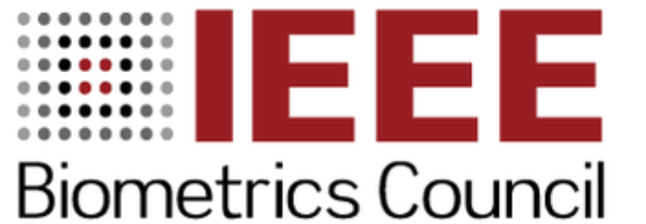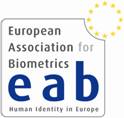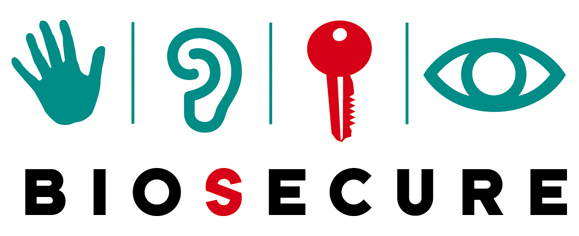|
Download: |
Biometrics, human body and bioethicsProf. Emilio Mordini Ethics and Governance of Global ID. Recently a new category of large scale applications has emerged, applications for economic, political, and social purposes in low income countries. The most impressive example is the India's Universal ID program, which aims to provide a unique identity to 1.2 billion residents. Most low income in countries in Africa and South Asia have weak and unreliable documents and the poorer people in these countries do not have even those unreliable documents. In 2000, UNICEF calculated that fifty million babies (41% of births worldwide) were not registered at birth and thus destined to lack any reliable identity document in the future. In a world system where nearly all States in low income countries are not able to provide their citizens with reliable identity documents, biometrics is likely to be the sole hope for most of these people to have trustworthy identity documents. This is critical for many reasons, not the least because identity documents are essential to ensure respect for fundamental rights. "For many - refugees, potential voters or pensioners - some form of official documentation can be an essential step towards security, freedom, entitlement and inclusion () The utility and morality of identity systems and technologies depend largely on context, perspective and need. The identity gap between rich and poor countries also shapes the debate on identification and the specific role of biometric technology. In rich countries, biometric identification is mainly used in areas relating to security and policing () In poor countries, biometrics is more commonly employed in developmental applications. This is not always a clear distinction. Some 'developmental' identification programs in poorer countries have been influenced or driven by security concerns. Conversely, some rich countries have used biometric identification for broader purposes () However, the overall picture is an emphasis on surveillance in richer countries and an emphasis on authentication or verification in poorer ones" (Gelb & Clark, 2013, p.12) It is important to emphasize that biometric are the only large-scale identification systems that could also be run by small private actors and independent agencies instead of heavy governmental structures. This would make possible to imagine a global system for personal recognition starting from low income countries, which would be closer to the Internet than to the Leviathan. The fear that biometrics might lead to a unique, global, identifier - a digital cage from which one could never escape - is probably misplaced. On the contrary, biometrics could permit to create separate digital IDs for particular purposes, by applying different algorithms to the same biometric characteristic, or by selecting different biometric features of the same individual and using weak and multiple biometrics. As well as providing the appropriate level of security for each application, this would make it much easier to revoke biometric templates if they become corrupted or are stolen. Still more important, these processes do not need cumbersome, centralized, structures but can be easily implemented by a web of local authorities, as it has been demonstrated by the penetration of biometric technology and applications in Asian and African markets. The need for recognition schemes is inherent to human civilization itself. With biometrics, for the first time in the history of human species, human beings have really enhanced their capacity for personal recognition by amplifying their natural, physiological, recognition scheme, based on the appreciation of physical and behavioral appearances. Complex personal recognition schemes, tattoos, seals, passports, badges, safe-conducts, passes, passwords, PINs: biometrics would make obsolete all these traditional identification paraphernalia and - at least in the long run - promise to replace all of them. This is not, however, without ethical risks and a cautious and mindful approach is required. Real-life applications of biometric technologies - being fundamentally embedded in societal structures, historical narratives, the development of state authority, and so on - are concerned with more than pure biology or pure physicality. As such, the process of abstraction and reification from which the biometric body would emerge according to radical critics, is itself a philosophical abstraction. In other words, although rhetorically suggestive, philosophical arguments against biometrics are hardly tenable. Biometrics themselves are not likely to threaten human dignity more than any other modern technology. People - and sometimes scholars - are victims of the illusory belief that personal identification per se threatens basic liberties, and infringes the private sphere. To be sure, any process of personal identification implies that individuals are recognized subjects of rights and obligations, and this could be seen as a limitation of individual liberty. Yet there would be no rights, no liberty, without personal identities. No political, civil and social right can be enforced on anonymous people. One can claim her rights, including the right to refuse to be identified, only if she is an identifiable subject, if she has a public identity. In ancient Greece, slaves were called "faceless", aprosopon. The word that in Greek designates the face, prosopon, is also at the origin of the Latin word persona, person. The person is thus an individual with a face, this is to say, out of metaphor, one becomes a person when she is identifiable. Biometrics could contribute to give a face to such a multitude of faceless people who live in low income countries, contributing to turn these anonymous, dispersed, powerless, crowds into the new global citizens. Certainly, then, there are reasons for the ethical and political concerns surrounding biometrics, and a careful democratic scrutiny of biometric applications is needed; but these reasons are fortunately balanced by some reasons for hope. |



 


 |